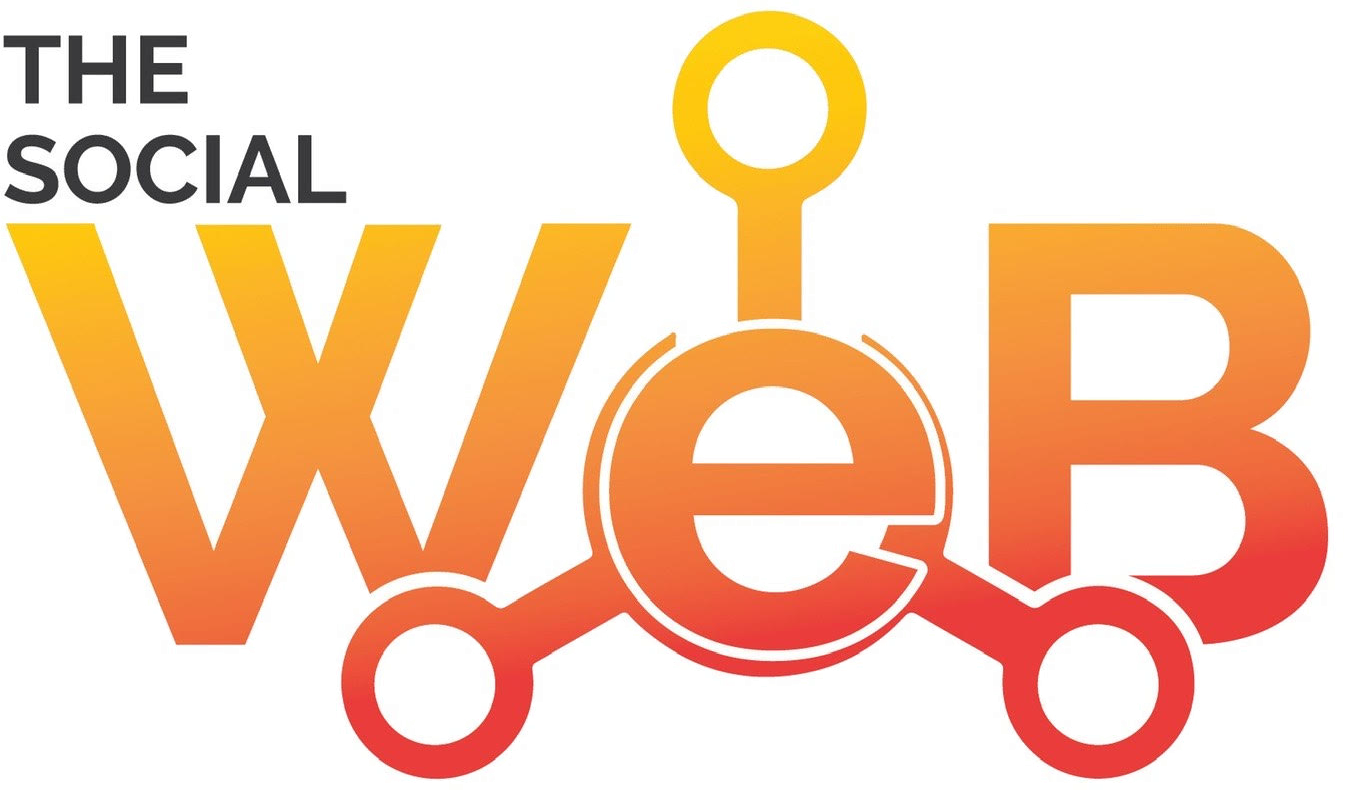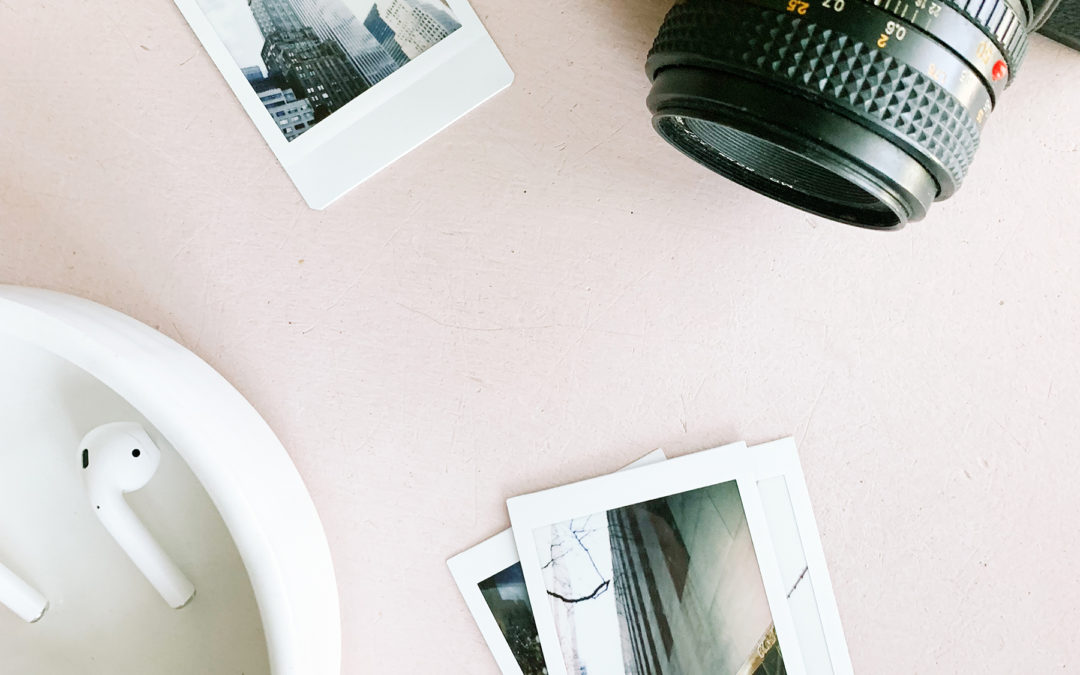Instagram turned 10 this year and as most marketing executives and business owners already know, Instagram can be a highly-targeted, visual marketing channel for your brand and a great opportunity to build a loyal audience that grows along with your business.
In fact, over 500 million Instagram users browse the app every single day, making it home to some of the most engaged audiences around.
But like any social network out there, there are the right ways to use your Instagram profile, wrong ways to use it, and smart, creative ways to use it for a maximum return on your efforts.
So, here is a checklist that includes 7 different tactics you can use to help grow your Instagram audience.
1. Know your goal for using Instagram. This also includes knowing your target audience.
What is your goal: brand awareness? To lead people back to your website? To grow your email list (that should be one of them) or to learn about what your potential customer’s pain points are. Always know your goal so that you know which insights to follow and if Instagram is effective in achieving your goal.
2. Start with your Bio.
First of all, be sure that your Instagram profile is public and if you are a business or influencer, choose the business option.
As with every social media platform, your bio is very important. Your username is your @handle and your Instagram identity. It’s a part of your Instagram profile URL (instagram.com/myusername). If you have a business, using your logo is okay if you not the face of the business. Make sure your logo is close up enough to see it clearly. The size of your profile photo is 110 x 110.
The Subtitle
You have 30 characters here. The subtitle is important for SEO so make sure that you use keywords that people would use to find your business. For instance, if I was using my own name as my user name, I might put Social Media Manager as the subtitle.
In your bio, you only have 150 characters to work with so it’s important to utilize each to your best advantage. Provide your list of products or services. Spell out exactly how you can help your clients. If you have a custom hashtag, you can add that to your bio. People will be able to click on the hashtag and see other users Tip: If you’re in direct sales, do NOT add the company hashtag to your bio. It’s a surefire way of leading your potential customers away from your profile and on to the myriad other people selling your product.
On Instagram, the only clickable link is contained in your bio, so it’s important to keep it updated with each of your posts. However, you can use a thrid-party tool such as Beacons.ai , Shor.by or Linktr.ee and lead to a page with multiple places for links.
Contact Buttons
You do have contact buttons available on your profile which allow your visits to email, call or get directions (your choice)

Select a category.
You’ll be offered a list of categories and sub categories in a drop down menu. Choose the one that best aligns with your profession or business.
When you first set up your Instagram account, choose to post 9 photos immediately.
Later on, you’ll only post once a day or a few times per week but right now you want to populate your account with several photos that show users who you are and what kind of content they can expect from you.
3. Use the right Instagram hashtags
Your goal on Instagram is to engage your current audience on a regular basis while also growing your number of real followers.
Posting new, interesting and engaging photos will satisfy the first requirement, but to begin growing you’ll find hash tagging your photos to be extremely important. Hash tagging photos makes it easy for people to find your photos that are searching for those specific terms.
Just like with Twitter and other social sites, users on Instagram use certain hashtags over others. If you use popular hashtags within your photos, you’re much more likely to reach new users and be discovered.
If you want to tag your photos properly, you’ll need to find and use the most relevant hashtags. This means doing the appropriate research to make sure you’re using hashtags that not only describe your brand, but are also being searched for on Instagram.
To find relevant hashtags, you’ll want to use a free online tool like IconoSquare , Hashtagify or Smarthash, one of my favorite apps to start.
Keep in mind that Instagram allows for a maximum of 30 hashtags per post. Additionally, the popular words will change over time, so it’s a good idea that you revisit your hashtag keywords every few months to make sure you’re using the best possible terms.
You can also steal hashtag ideas from competitors or similar accounts that have the kind of following you aspire to have, but you ultimately want to create your own groups of hashtags to use that relate to your specific account.
Using hashtags in Instagram stories
Hash tagging on Instagram posts are a given, but you should also be using hashtags in your Stories for the chance to be seen by users who follow that specific hashtag.
You can use hashtag stickers (which can be found in the Instagram Stickers menu when creating a Story) or just hashtag directly in your captions for a chance to be featured in a hashtag story.
Now that users can follow hashtags, your stories on Instagram have a chance to be seen by both people who are following that hashtag and anyone who’s just checking it out.
4. Consider using filters on Instagram
Keyword hashtags aren’t the only thing you should pay attention to. The Instagram community responds to certain photo filters more favorably than others. Using preferred filters can have an impact on your engagement.
You can use IconoSquare to review the performance of your own account to understand what is and is not currently working for you.

5. Post on Instagram at the right times
Beyond adding the appropriate hashtags and using the best filters, you should also be considering the timing of your posts.
A targeted approach is to analyze what has and has not worked for you in the past. By visiting IconoSquare’s optimization section, you can get a detailed analysis of your posting history vs. engagement. This report will also highlight the best times of the day and days of the week to post.
The dark circles indicate when you usually post media. The light gray circles show when your community has been interacting. The biggest light gray circles represent the best times for you to post.
You can also get a lot of great insight from Instagram Analytics for Business accounts for free, under the Followers section.
You may want to consider using a social media scheduling tool to schedule and automatically publish your posts for when your audience is the most engaged.
There are several ways to engage with Instagram users, and the more work you put in, the more followers and repeat engagement you’ll get out of it.
The three types of engagement on Instagram are:
- Follow a user
- Like a photo
- Comment on a photo
You can also get a lot of great insight from Instagram Analytics for Business accounts for free, under the Followers section.
6. Use geotags on Instagram for local discoverability
Besides hashtags, you can also make your Instagram posts and stories discoverable by tagging your location, either the city you’re in or the venue where the photo or video was taken.
Locations not only have their own Instagram feed but also their own story just like hashtags that you can contribute to when you use the location sticker in your own stories.

7. Ask for more followers
It sounds obvious, but it deserves to be said: Don’t be afraid to occasionally ask your audience to follow you.
The same way YouTubers ask their viewers to follow them at the end of their videos, you can also ask viewers to follow you for more content.
Sometimes people might really enjoy what you put out on Instagram, but need a nudge before they actually follow you. Sometimes you just need to remind the users of a platform that they can subscribe to get more in the comments of a post.
You can also do this in your captions or even work it into your content by pitching what your audience will get if they follow you or hinting at content that’s coming up that they won’t want to miss.
Bonus. Be consistent with your Instagram posts
Most of your followers won’t follow you for what you posted in the past, but for the promise of what you’ll post in the future. Your audience wants to know what they’re going to get if they hit that follow button.
Having a feed with a consistent theme running through, where you publish at a consistent pace, can have just as much of an impact in growing a following as many of the other growth strategies we’ve covered above.
Even a simple pattern can entice new followers, as long as it’s communicated at first glance to anyone who lands on your profile.
Consider your Instagram bio and your last 9 posts as your first impression on Instagram. Do they effectively communicate some degree of consistency through personality, filters, colors, or layout?
The layout of your grid is an often-underestimated way to get creative with the aesthetic of your feed while adding a rhythm to your publishing strategy and consistency that’s worth following.
In fact, many accounts that adopt this approach are often able to spend less effort on creating content by focusing on converting visitors into followers, producing text graphics or other content with a faster turnaround and streamlining the overall production of their Instagram content.
You can use a tool like Planoly to easily plan out and schedule the look and layout of your feed in advance.
Sonnet Insurance (below) is a good example of how far some brands when it comes to the visual appeal (layout) of their Instagram profile.

At the end of the day, just like it is with any social network, the most successful strategy overall on Instagram is to be genuine and social.
If you focus on engagement, not just followers, Instagram can be a great home for your products and brand that can lead to a healthy stream of revenue for your business!
If you have any questions, feel free to reach out to us!

